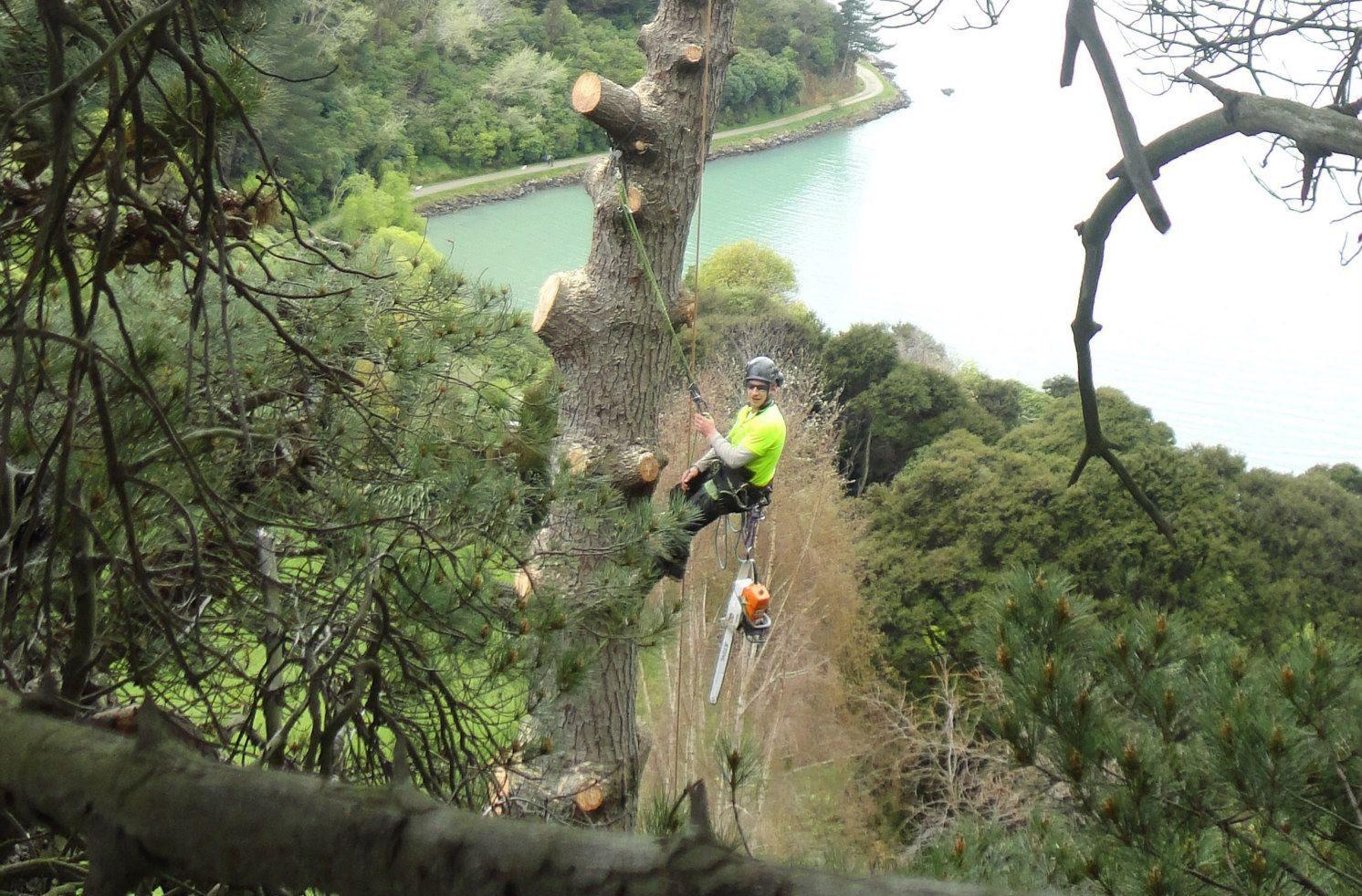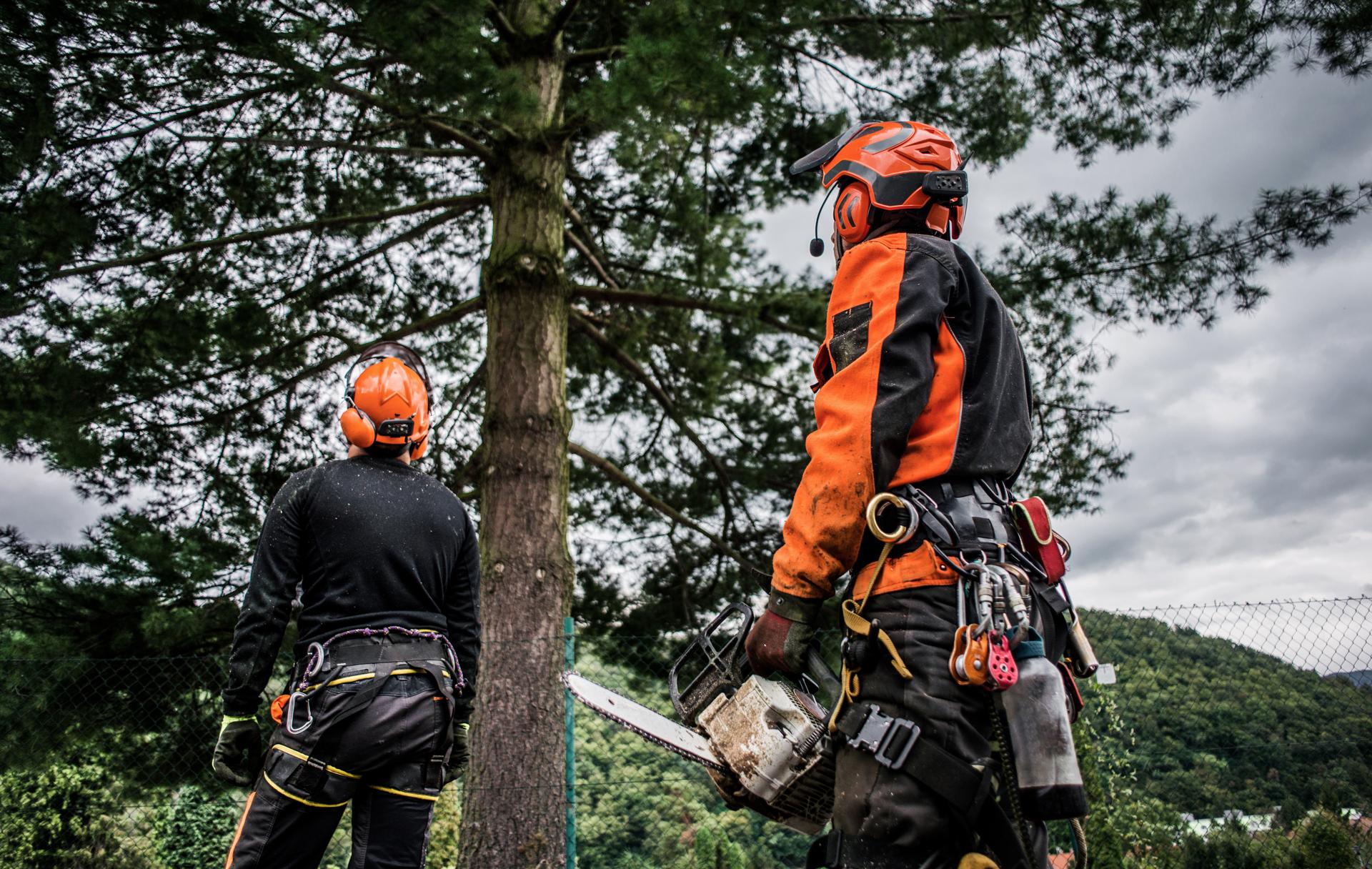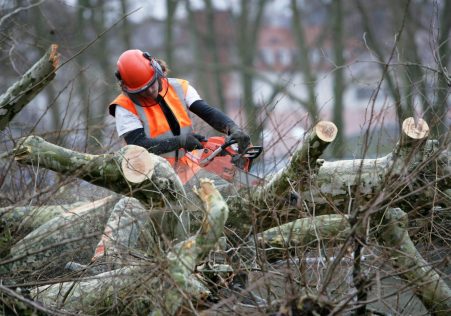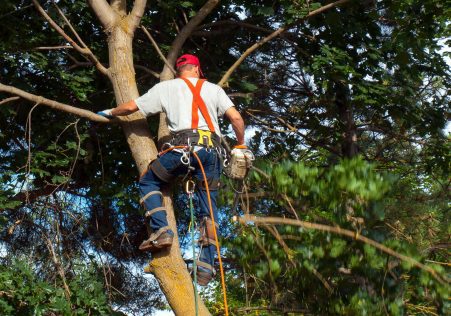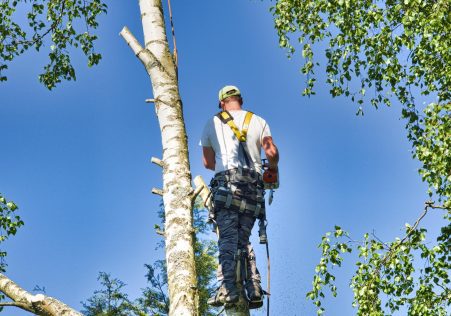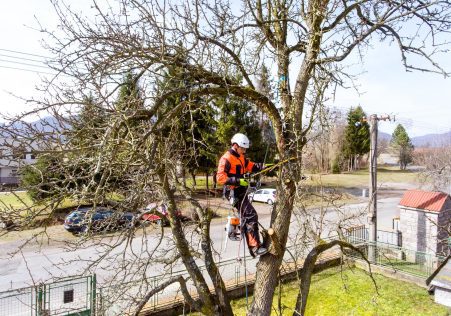The Life-Long Life of The Life of Tree Roots After Cutting
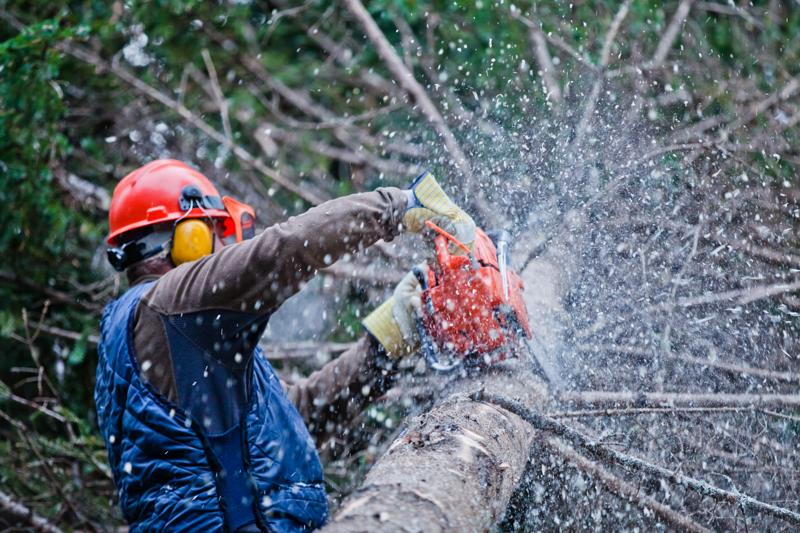
Tree removal is an essential task for many property owners, however, it’s not as easy as cutting the tree’s branch and allowing the roots to decay. Understanding the lifespan of tree roots is vital to ensure that the removal process is completed correctly and safely. In this article, we will examine the duration that roots last after a tree has been removed and address many of the frequently asked concerns about this subject.
How long do the tree’s roots live after cutting down?
The time span for the roots of a tree after it has been cut down could differ greatly based on the species of tree, the length of the roots, as well as the environment conditions. In general, it is reasonable to believe that the roots of trees will continue to live for several years after a tree is cut down. This is due to the fact that the roots are still capable of taking in moisture and nutrients from the soil and absorbing nutrients from the soil, even after the tree has been removed.
Factors that Affect the Longevity of Tree Roots
There are many aspects that impact the longevity of tree roots after a tree has been cut down. These include: Species of tree: Some species of trees contain roots that are robust and more durable than others. For example, oak tree roots are known to last for a long time after the tree has been removed. Size of roots The bigger the tree’s root system are, the longer they will likely live after the tree is taken down. The reason for this is that larger roots are more able to absorb moisture and nutrients out of the soil. Environment conditions: The soil kind, temperature, and moisture levels in the area where the tree was removed can influence the lifespan and longevity of roots. When the soil becomes dry, compacted and degraded, the roots are likely to decompose more rapidly. In the case of soil that is well-drained and moist, they will live longer.
What happens to tree Roots After cutting them down?
If a tree is cut down the roots gradually begin to decay. The process could take several years depending on the circumstances mentioned above. At this point the roots gradually release nutrients back into the soil, which could be beneficial for other plants that are in the vicinity. After the roots have completely gone through their decomposition, they will no longer be a danger to the surrounding landscapes or structures.
FAQs:
Are tree roots able to grow again after cutting down?
The roots of trees cannot grow back after a tree been removed. After the roots have been removed, they will gradually start to decay and cease to be capable of being regrown.
Can tree roots continue to grow after cutting them down?
The roots of trees aren’t going to remain growing after a tree is removed. However, they’ll be around for several years, as they’re still capable of absorption of nutrients and moisture in the soil.
Do tree roots continue to grow after the tree has been cut down?
It is not true that tree roots will not continue to spread after a tree has been taken down. Once the tree has been removed, the roots slowly begin to decay and not pose a risk to the landscape or surrounding structures.
Conclusion:
In conclusion, the longevity of the tree’s roots after the tree is cut down can vary greatly dependent on a variety of factors. Understanding the length of time that tree roots will live is crucial for ensuring that the removal of trees is completed in a safe and secure manner. If you have trees that need being removed it’s always best to hire a professional Western Sydney Tree Removal arborist to carry out the job. Our highly skilled and knowledgeable arborists have the necessary equipment and experience to safely and efficiently remove trees and address any concerns about the longevity that the tree’s roots. Contact us today by calling 1300 330 872 to schedule a consult and to learn how we can help you remove trees in Western Sydney. Don’t risk damaging your property or risking your life by attempting to remove a tree on your own. Let the experts from Western Sydney Tree Removal handle all of your tree removal needs.

